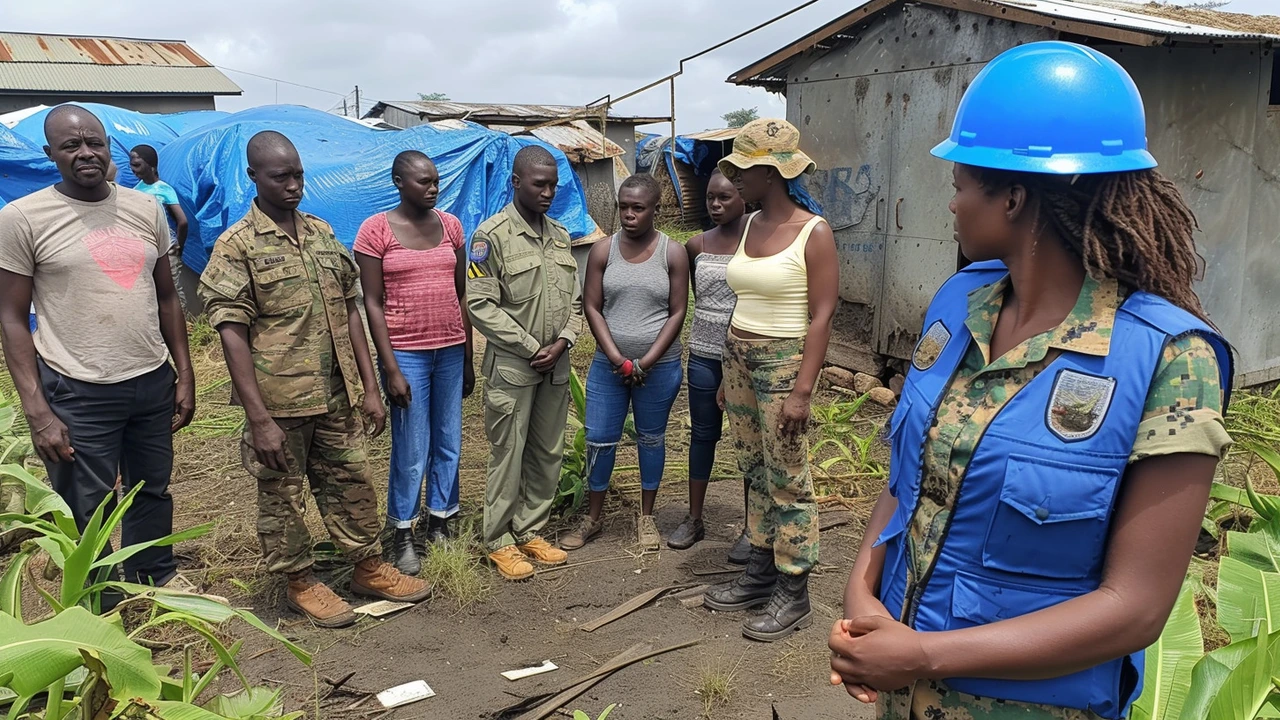Peacekeeping often looks heroic on paper, but the real work is messy, slow, and human. You get patrols, makeshift checkpoints, tense negotiations, and long hours trying to build trust with people who saw violence yesterday. If you want the straight truth about peacekeeping, here's what matters day to day.
Peacekeepers wear blue helmets, but their job is not just stopping fights. They protect civilians, support justice systems, train local police, help deliver aid, and monitor ceasefires. A single mission may run hundreds of projects at once: fixing a water pump in one town, helping negotiate a local power-sharing deal in another, and escorting a convoy through volatile roads. That variety makes the work useful — and complicated.
Challenges are constant. Mandates from international bodies can be unclear. Local politics often clash with international goals. Supply and logistics are a headache in remote areas. Troop-contributing countries bring different training and languages. All that affects how fast and how well a mission can act. And when rules of engagement are tight, peacekeepers can watch abuses without intervening — a painful reality many face.
But there are real wins. Protecting civilians during an outbreak of violence, helping a fair local election happen, and training police who later reduce crime — those things change lives. Success usually comes from small, concrete steps: consistent patrols, building local relationships, and linking security work to schools and clinics. Long-term peace needs both security and services.
Two things stand out: clear mandates and local buy-in. A clear mandate tells troops what they can do and where to push. Local buy-in means leaders and communities see peacekeepers as partners, not occupiers. Technology helps, too. Drones, maps, and simple mobile reporting tools make it easier to spot risks and coordinate responses. But tech only helps if people on the ground know how to use it.
Mixed teams that practice joint patrols, cultural sensitivity, and civilian protection have fewer deadly mistakes. Mental health support for peacekeepers and survivors is also crucial. Seeing trauma every day wears people down; addressing that keeps missions effective and humane.
Money and politics shape outcomes. Funding gaps delay programs. Donor priorities can shift fast. And the global political will to support operations can dry up when news cycles move on. Still, small donor-funded projects—repairing a school, starting a market—often deliver visible benefits and build trust faster than large, bureaucratic programs.
If you're curious about the people behind the helmets, look for personal accounts and local reporting. Those stories show daily choices: when to stay, when to step in, when to walk away for safety. Peacekeeping is not a single solution. It's a set of daily decisions, small successes, and hard limits. But done with clarity, training, and respect for local voices, it can reduce violence and give communities a chance to rebuild.
Want to learn more? Read mission reports, interviews, and local news to understand the real trade-offs and human stories right now.

Hi there, my latest post offers you an inside look at the dynamics of peacekeeping. I delve deep into the intricacies, realities, and challenges that peacekeeping missions face across the globe. It's truly an eye-opener, highlighting the brave work of those striving to maintain peace under volatile situations. This is a fascinating, lesser-known aspect of global diplomacy that we seldom hear about but it's integral to our world's stability. Join me in understanding this better.
